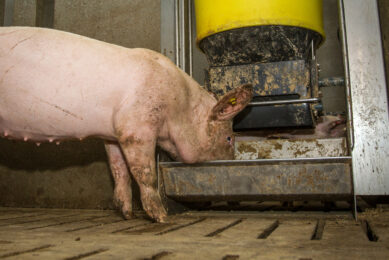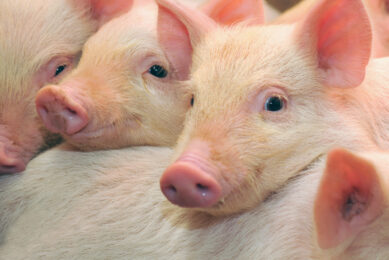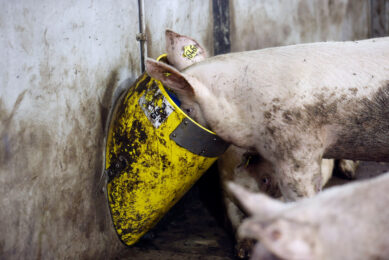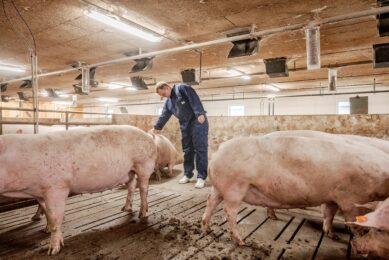ARS: better method to measure piglet body fat
A new magnetic resonance imaging (MRI)-based device – more advanced than the technology used today for body composition tests – can accurately and precisely measure total body fat in piglets using the principles of quantitative magnetic resonance (QMR), according to the USDA’s Agricultural Research Service (ARS) scientists who evaluated the new technology.
Visualising tissue
Standard MRI systems are commonly used to scan and visualise tissue in humans. However, when used for body composition analysis, imaging systems are subject to substantial error rates caused by the interpretation of visual images using software that relies on population averages.
EchoMRI uses a new type of QMR methodology to obtain body composition results. Its measurement principle depends on the density of hydrogen nuclei and the physical state of the tissue.
ARS animal scientist Alva Mitchell at the Animal Biosciences and Biotechnology Laboratory in Beltsville, Md, tested the device, developed by Echo Medical Systems, to determine EchoMRI’s precision and accuracy in piglets as compared to dual x-ray (DXA) technology and chemical analysis.
Live screening
Twenty-five piglets, each weighing between 3.5 pounds and 8 pounds, were screened live, anesthetised, and post-mortem, using a prototype EchoMRI device for infants. The piglets were also scanned using DXA and then subjected to chemical analysis.
After DXA scans, EchoMRI screenings, and chemical analyses were completed, EchoMRI was found to be a precise and accurate method suitable for measuring piglet whole body composition, total body fat, lean tissue mass, free water mass, and total body water. While these studies were conducted on piglets, EchoMRI may be transferable to market-weight pigs.
Few minutes
EchoMRI allows for measurements to be conducted in only a few minutes without anesthesia or sedation, is radiation-free, and does not require the subject to remain completely motionless. This facilitates convenient, low-stress repeated tracking of small changes in body composition and can be advantageous to researchers to optimise feed utilisation. It could also help researchers identify high-value hogs for breeding.
Related websites:
• US Department of Agriculture (USDA)
• Agricultural Research Service (ARS)











